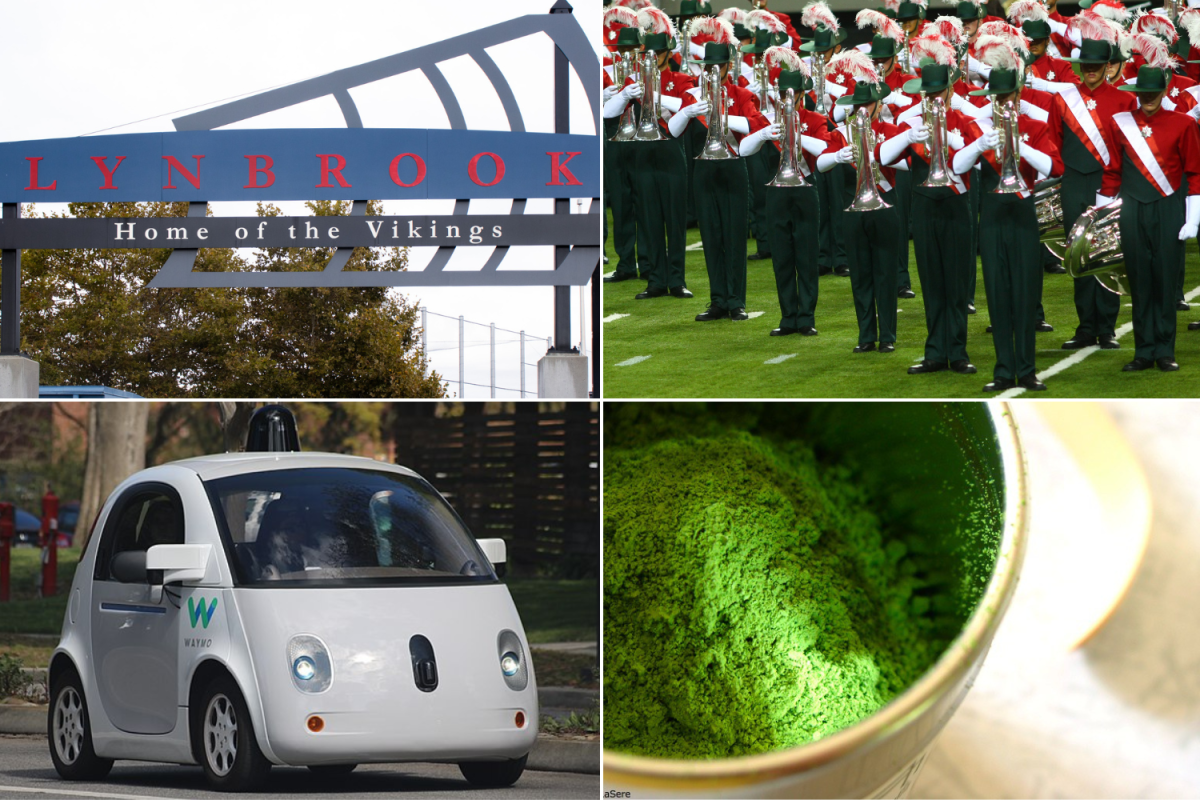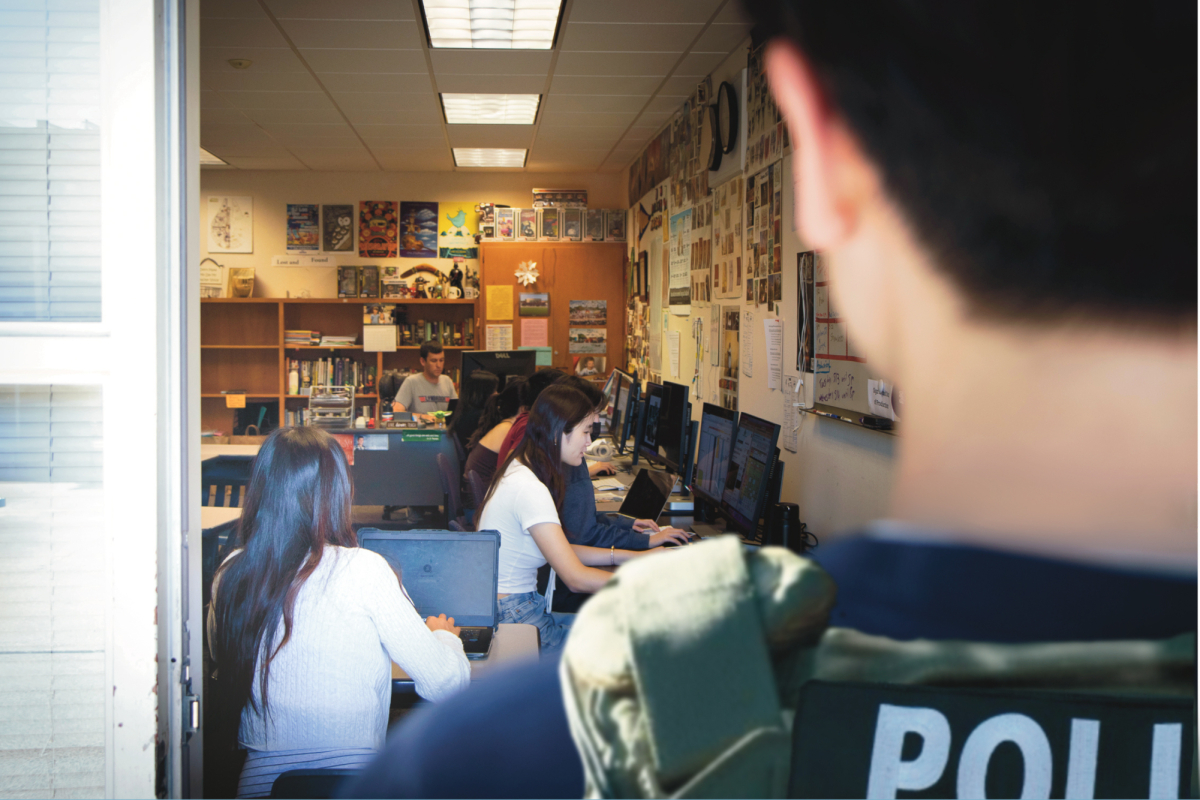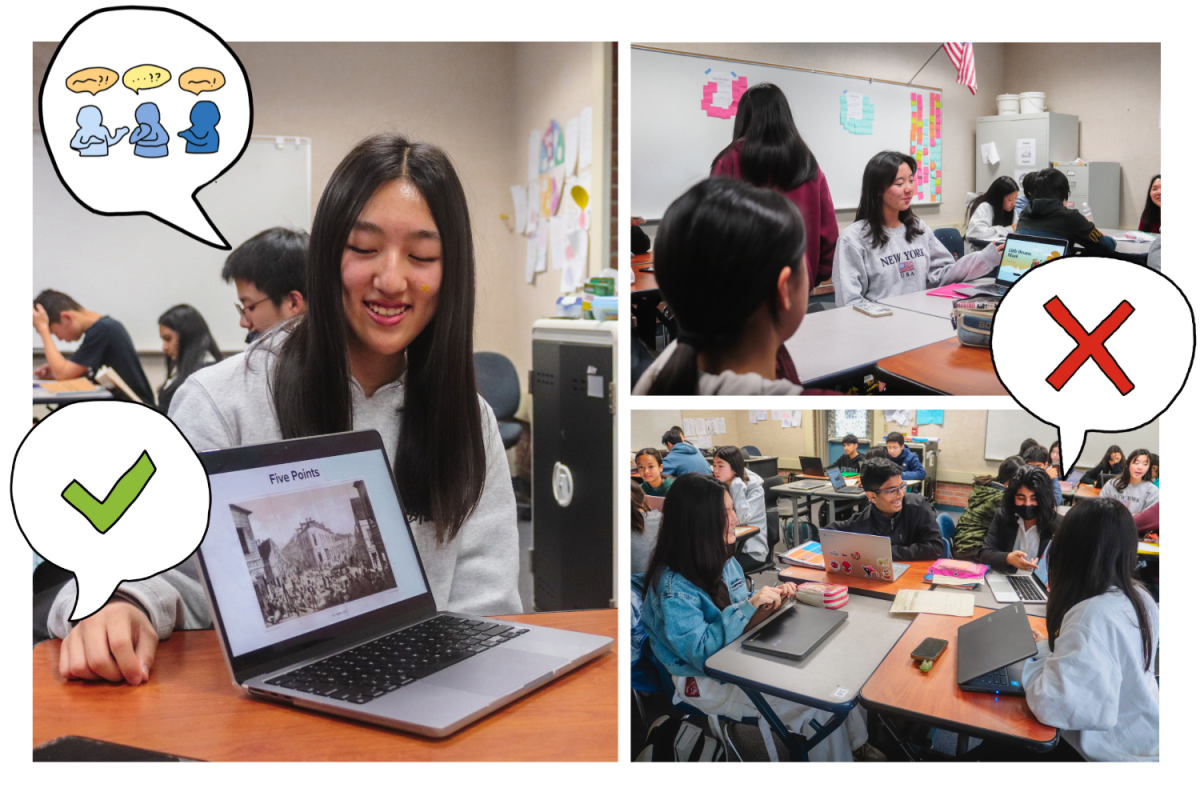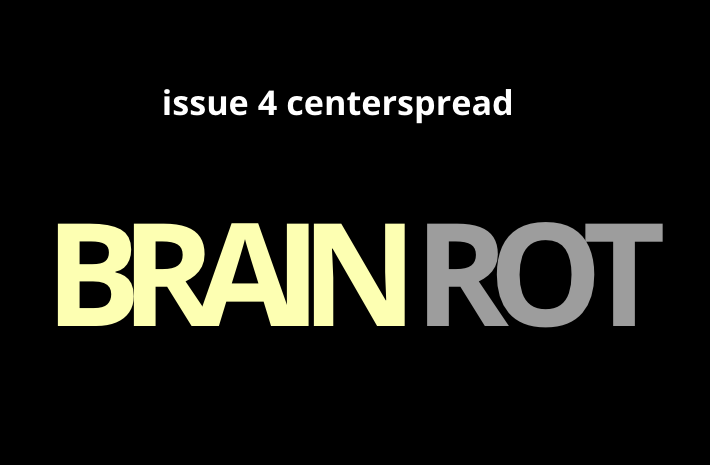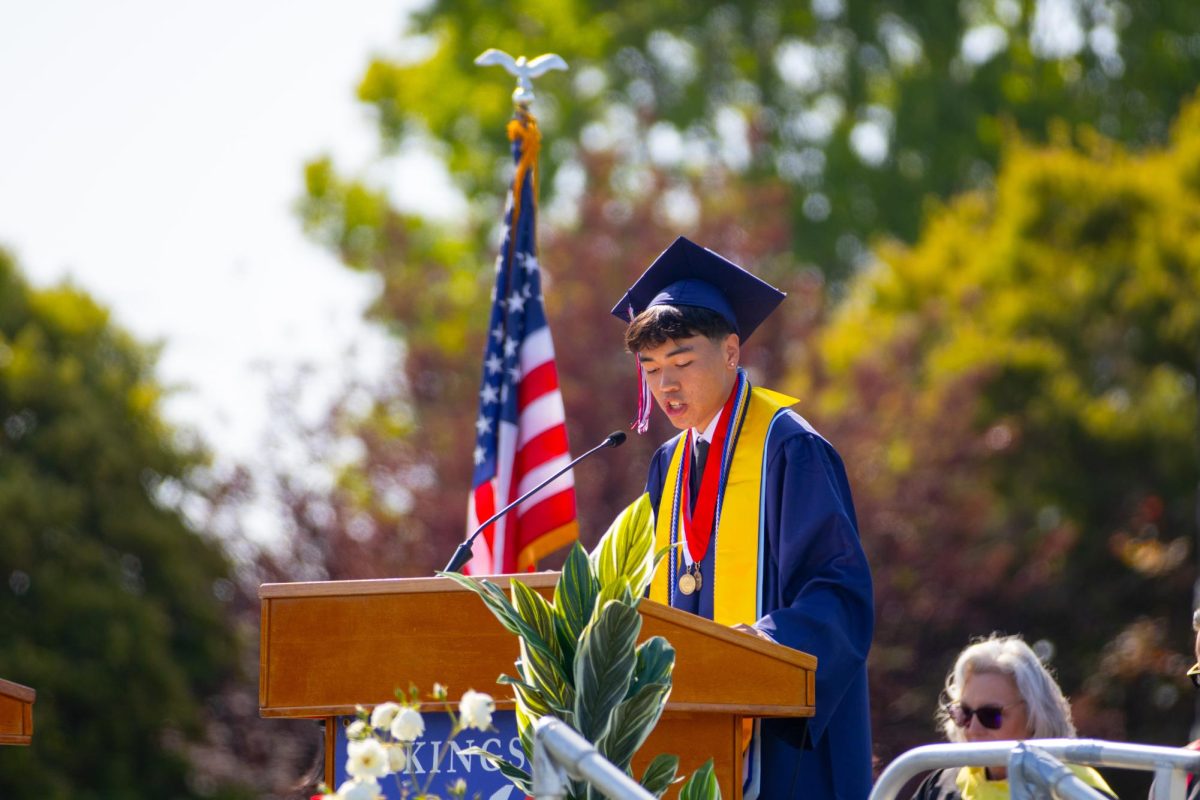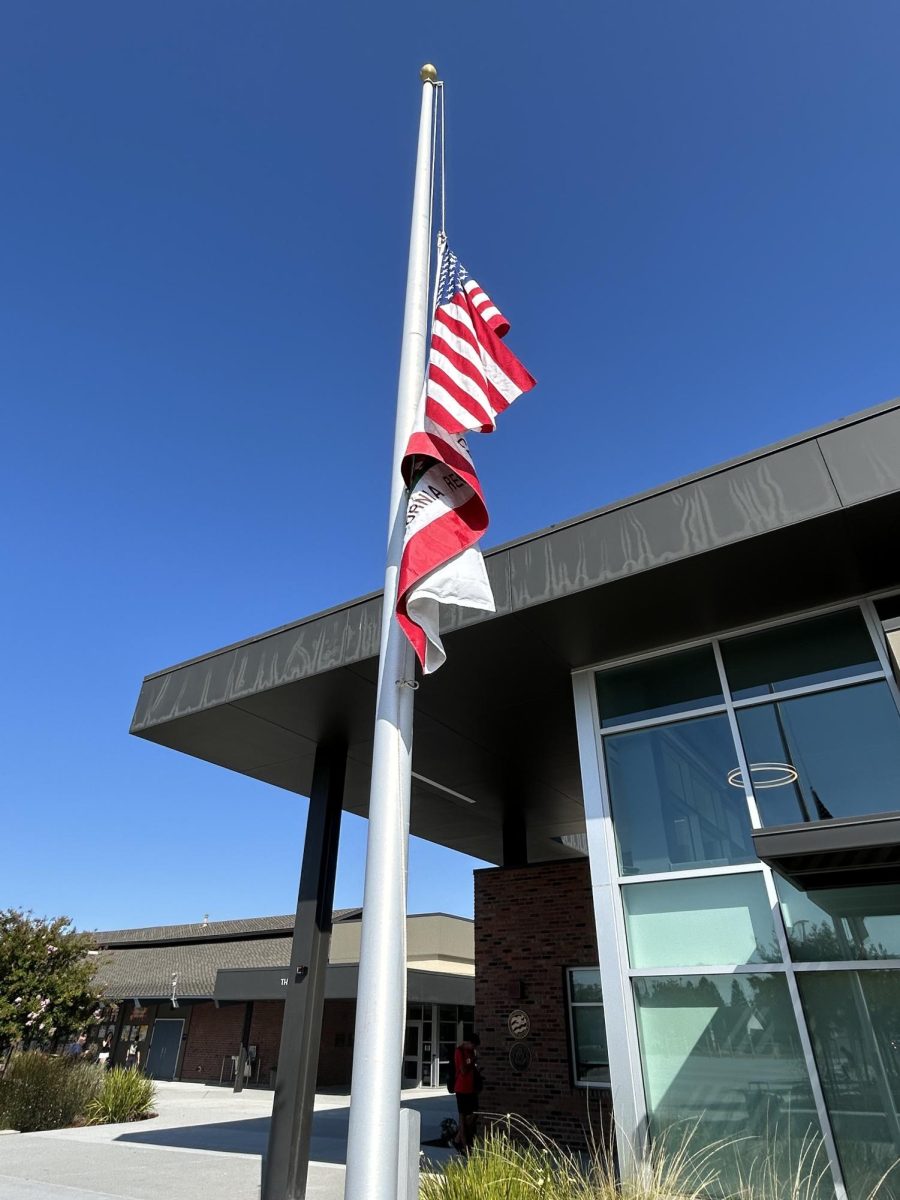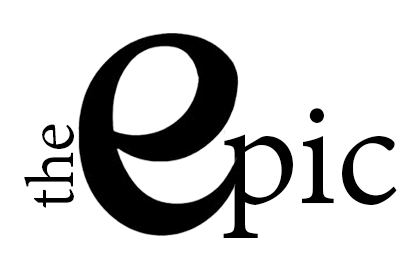On Nov. 6, California voters approved Proposition 2, a bill that would provide funding to schools for the renovation and construction of school facilities. Modernized schools play a vital role in fostering safer and more comfortable learning environments, inspiring greater academic motivation to better prepare students for their career.
Proposition 2 will provide $8.5 billion to K-12 schools and $1.5 billion to community colleges for the reconstruction of facilities. The money would be distributed to schools with a larger proportion going to low-income districts and those with more foster youth. The passage of this proposition marks a step in the right direction toward promoting educational equity in California by providing funding for facilities in need.
“Proposition 2 lays the groundwork for a more inclusive and effective education system, where students and teachers alike can perform at their best in an environment that supports safety, innovation, and collaboration,” FUHSD director of facilities and bond Roger Silveira said.
Currently, schools in the United States rely heavily on property taxes to fund education, which lead to disparities in school quality between different socioeconomic regions. California schools are financed through the Local Control Funding Formula, which allocates a base amount of money to districts based on attendance and additional funds by need. As the formula is dependent on attendance instead of enrollment, higher rates of absence among schools with low-income students puts them at a disadvantage when receiving state funds.
According to American University’s School of Education, affluent districts are typically smaller yet receive roughly $23 billion in total nationwide more than underserved districts. In most districts, roughly 80% of the funds are spent on administrative salaries, health, retirement benefits and operational costs. The limited funding left for updating school facilities poses a challenge for low-income districts to continue modernization projects. Proposition 2 proposes a more equitable distribution of school funds, lending more financial aid to less-affluent districts.
“Quality education can help you advance in your career by providing a lot of valuable connections,” senior Irene Chung said. “The more you invest in education, the easier it is to move up in your career.”
Supporting students’ well-being is of utmost importance, underscoring the need to foster a safe, positive learning environment through equitable school funding. Inadequate and aging school facilities resulting from underfunded school districts have proven to have detrimental effects on students’ mental health, safety and academic performance.
Increasing funding helps improve students’ academic achievement as more money can go toward obtaining better textbooks, teaching material and learning resources. Funding also supports the repairing and renewal of aging infrastructure or heating, ventilation, and air conditioning systems that improve the overall safety of campuses. At Lynbrook, adequate school funds support the renewal of campus spaces such as the Voyager building and the recently ongoing construction plans.
While Proposition 2 marks a good stride toward addressing this flaw in our current funding system by distributing funds based on need, initiatives like this should continue to be implemented in support of low-income students.
“Updated facilities like labs give students the opportunity to experiment and innovate, applying skills that go beyond traditional learning,” Chung said.
Modern school facilities also prepare students with skills to enter the technologically-advancing job market. By 2031, an estimated 72% of jobs will require a postsecondary education, showing the increased importance of adopting specialized skills and knowledge. Funding allows schools to provide cutting-edge curricula and resources, such as 3D printers, robotics and coding labs that can better prepare students to pursue careers in emerging fields such as artificial intelligence, biomedical engineering or data science. Given the importance of education, equitable funding and modernization of facilities across all schools is vital to support students’ academic pursuits.
“Investment in modernizing schools sends a powerful message to students and communities: that their education and well-being are a priority,” Silveira said. “This boost in morale can inspire greater effort and participation, helping to break the cycle of underachievement.”


